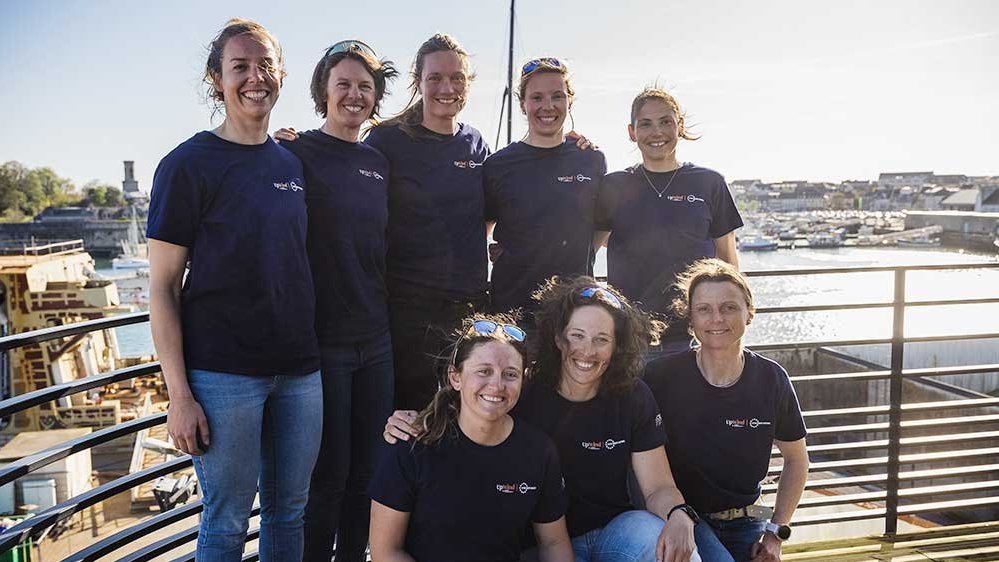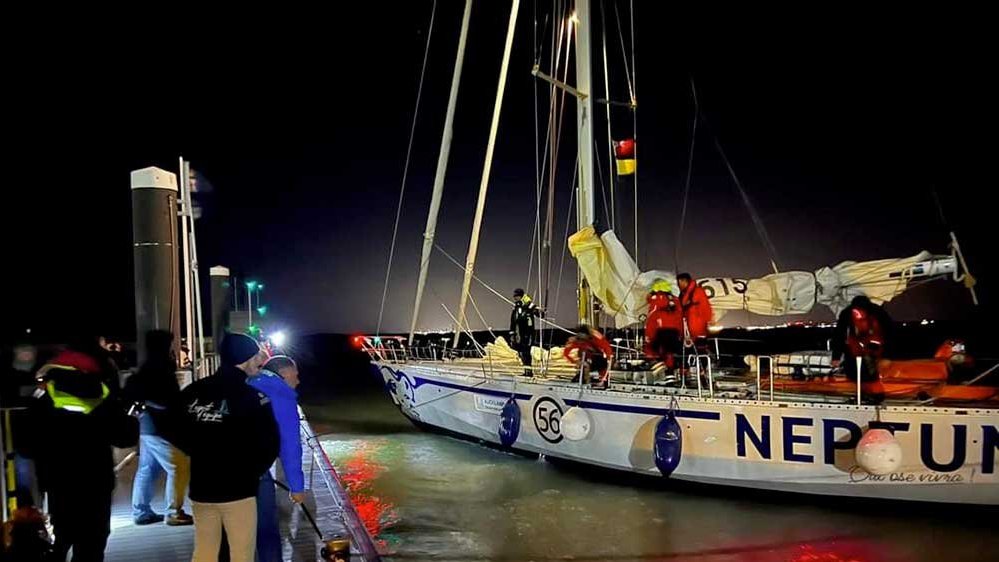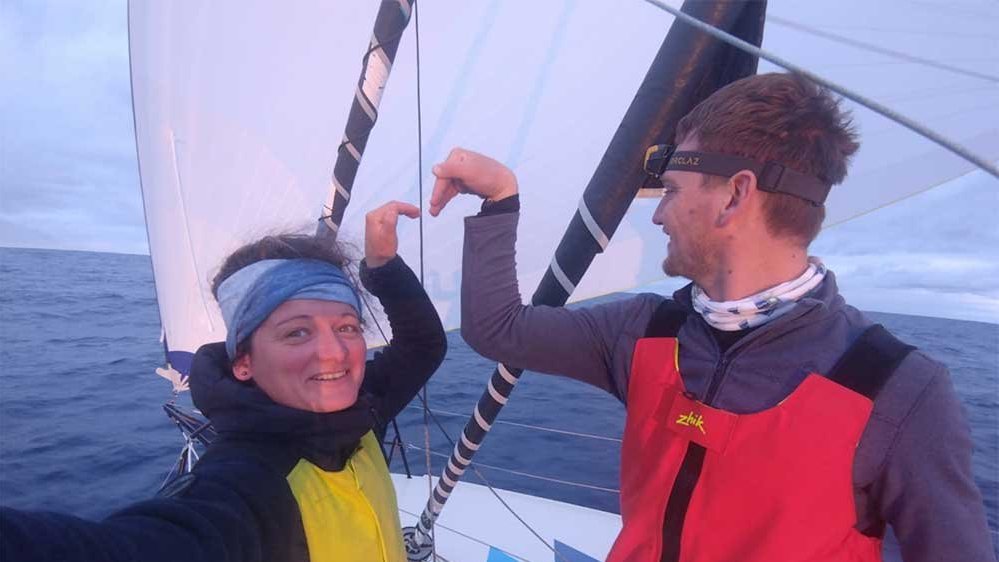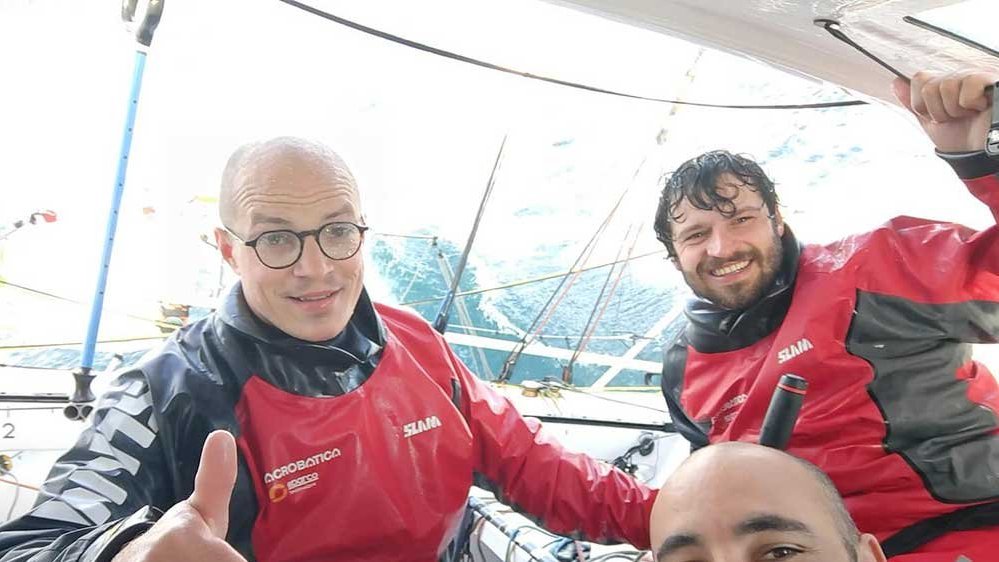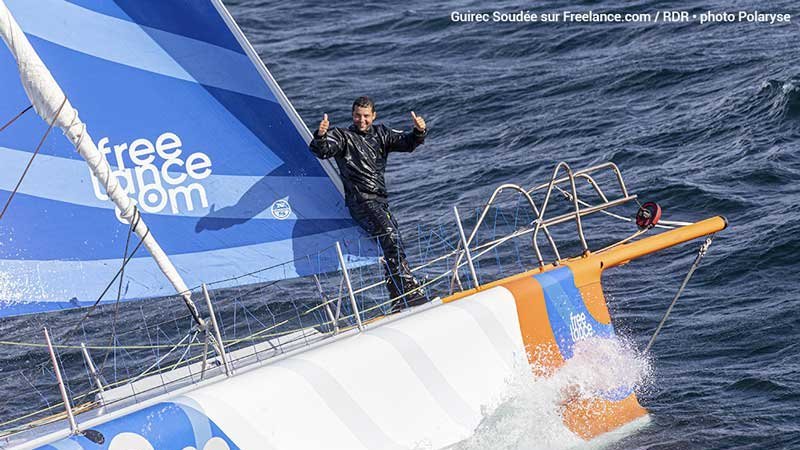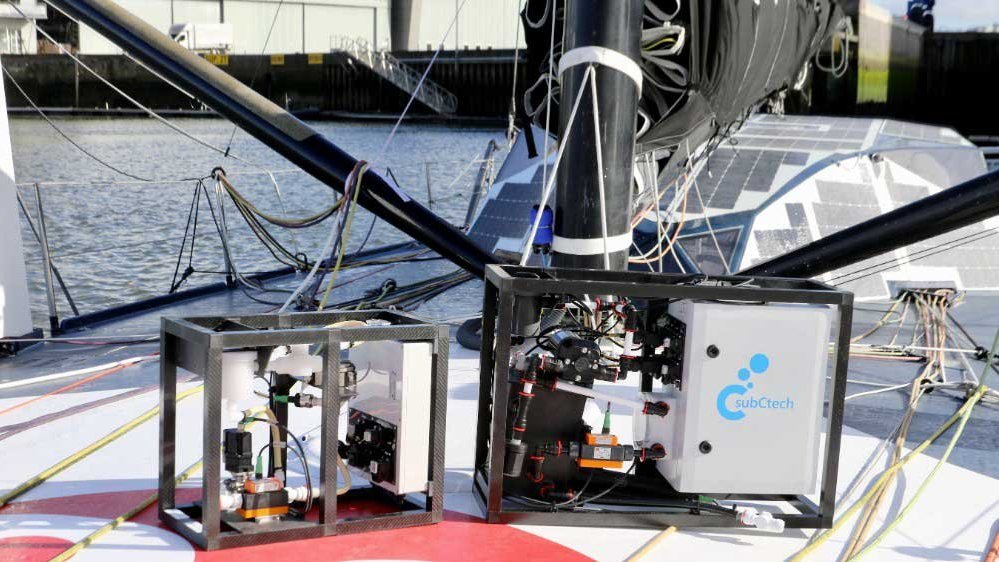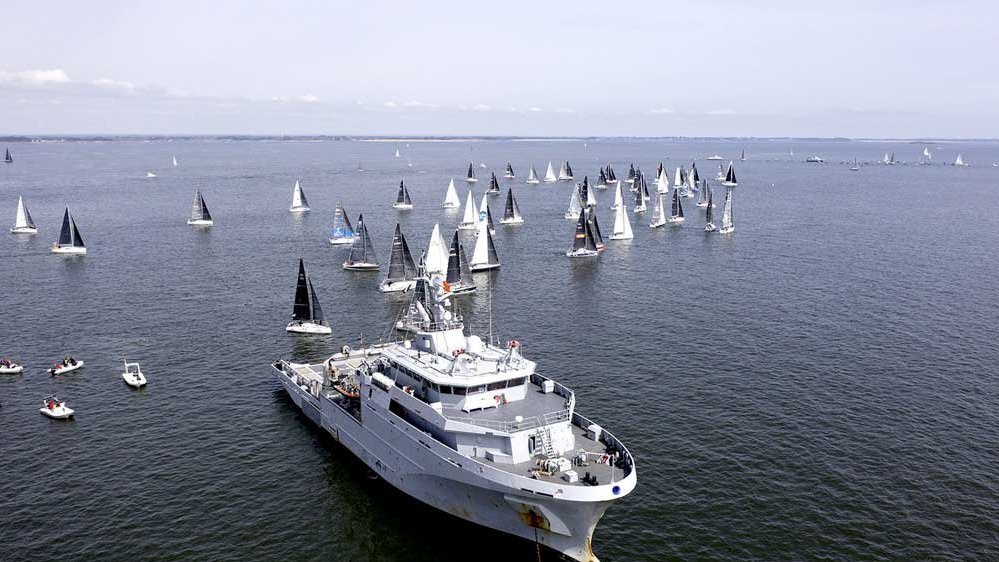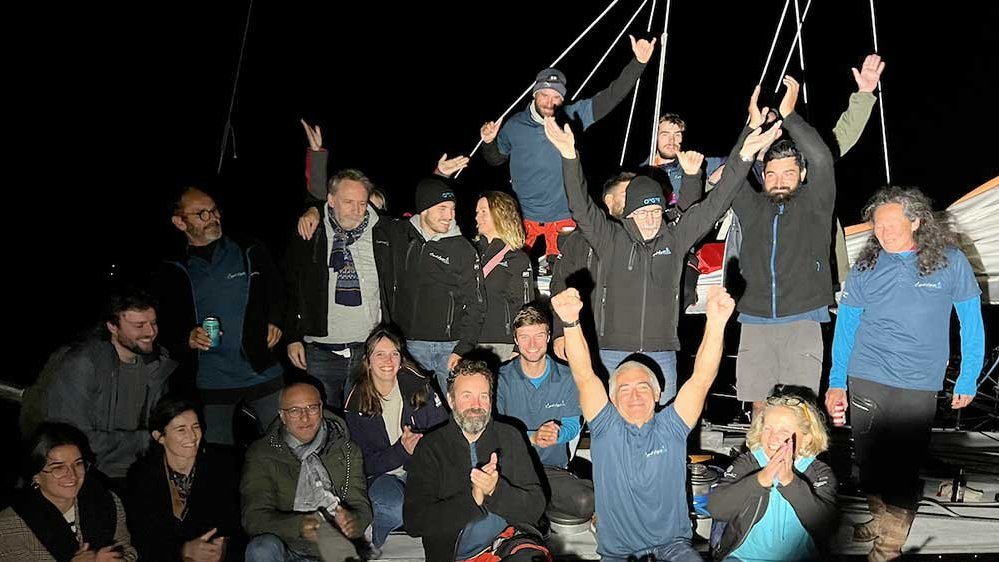Yacht Design
Nigel Irens : "This is a boat that has been waiting to be built for a long time"
mercredi 2 avril 2003 –

- ORMA 64 tri / 75’ tri
- © Nigel Irens
"Part of the challenge of designing a 60 foot ORMA class trimaran is that it must somehow be able to turn in a dazzling performance when competing in fully-crewed inshore regattas and yet, at the flick of a switch, transform itself into serious, dependable, single-handed ocean racer.
That’s a tall order, and the poor showing in last year’s Route du Rhum Route du Rhum #RouteDuRhum shows that there is plenty of work to be done before anyone can truly claim that the right compromise has been found.
Even with that problem solved the ORMA rule is sadly destined to hobble any attempt to design a truly better ocean-going trimaran because it sets a limit on overall length - the one dimension that should be added in abundance when designing a more sure-footed sea-going boat.
It was against this background that we got together with Ellen MacArthur and Mark Turner last year to indulge in a bit of free-thinking about the kind of boat we would want to create if the sole and simple objective was to enable a solo sailor to cross the ocean at the highest possible speed and with the maximum level of dependability - no regattas, no rules.
We decided to use the typical ORMA boat as at least the basis for discussion - mainly because we all have common experience of the breed and also because we know that the power it can deliver is just about all any single-hander could handle. Bigger would be better, but the risks of losing control - or even just sailing very inefficiently - outweigh the potential gains. The new boat would have pretty much the same sail area and rig height as the ORMA boat.
Searching for the tiny percentage advantages necessary to win regattas the ORMA trimarans have become very complex - so much so that they choose to race with up to eleven crew members, so our obvious first move was to chuck off as much of the gadgetry as possible. A single-handed sailor hasn’t got time to do justice to most of it and any item left off is an item that won’t give problems when the boat is a long way from home. So ’simplicating’ the boat makes good sense - and any weight saved can usefully go into providing a bit more structure.
Next came the general proportions of the boat - in many ways the heart and soul of the design. Once again, freedom from any rule limitations is the greatest possible luxury, and as the initial design mind-game slowly translated into a real living project we progressively pulled the bows further and further forward - being careful to take as little weight forward with them as possible. This move is all about increasing the boat’s fore-and-aft stability so that when powering downwind the bows are more inclined to lift as they plunge into the back of the next wave.
Keeping the overall beam of the boat down to 16.6m (compared to about 17.5m for a typical 60 footer) is intended to limit an unwanted increase in power that would otherwise result from the increase in displacement of the new boat (about 7.5t against 6.0t for the 60 footer).
Having no mast height rule to worry about will free us from the tyranny of the ’Big Roach’. The head of the mainsail on an ORMA boat is swollen to an almost square shape to give maximum area without extending the sailplan above the 100 foot off the water allowed by the rule. A roach like that translates directly into punishment for both gear and crew - so off it goes.
After years of being asked to draw ever bigger cockpits to speed up crew work it takes a minute to adjust to the fact that the entire crew of a single-handed boat will be standing behind a single coffee-grinder in the middle of the cockpit. It follows that the closer the winches can be ranged around that grinder the better. This is more of a ’work-station’ than a cockpit.
Whilst brainstorming the concept of the new boat the discussion often turns to the broader issues about new challenges presented by this project. The new boat will visit parts of the world that would be quite rightly considered out of bounds for current 60 foot trimarans.
It is important, therefore, to accept from the start that design decisions must be taken strictly on the basis of whether they will result in a boat that is more likely or less likely to be up to the task of simply logging high averages, day after day, and week after week - in the widest possible range of conditions.
What is needed to make this possible is a boat whose speed and dependabilty stem more more from the strength and simplicity of the overall concept than from the addition of a rash of go-fast bits and pieces.
This is a boat that has been waiting to be built for a long time, but a concept like this cannot exist in a vacuum and it is only now that the vision and experience of Ellen MacArthur and her team have breathed life into it and made it a reality."
Nigel Irens
Information Kingfisher Challenges
 Sea, Sail & Surf news
Sea, Sail & Surf news